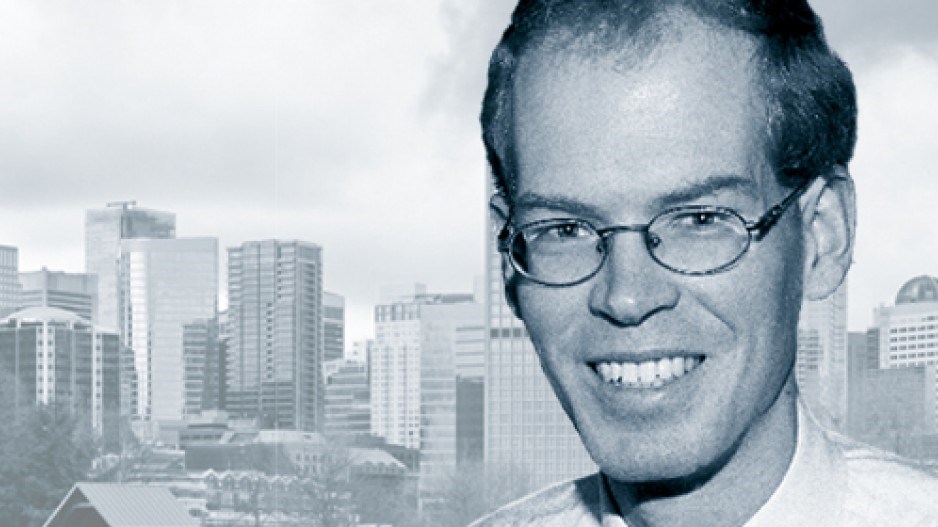Westbank plans strata
Westbank Corp. plans to announce a new strata office development in downtown Vancouver. It recently won approval from the city for a 24-storey tower at 400 West Georgia Street with 353,000 square feet of office space and is planning to redevelop the Creative Energy plant at 720 Beatty Street with a mix of residential units and 18 storeys of office space.
Westbank leasing executive Roz McQueen disclosed the strata plan as panellists at commercial real estate association NAIOP discussed the role of strata projects in raising expectations of what downtown land is worth.
“I think Bosa paid $180 a buildable [square foot] for that site at Cordova and Hastings,” opined Maury Dubuque, senior managing director with Colliers International in Vancouver.
Reflecting on current construction costs, and what buyers have been willing to pay, he wondered if $400 a buildable square foot might make sense to some people.
Dan Turner, a principal of PCI Group, said land values are anyone’s guess these days.
“It’s whatever someone pays, especially in the downtown right now. [Values] are way off base,” he said.
With construction costs rising, Turner expects values to retrench closer to $200 a buildable square foot.
Speculator speculations
Speculation was one of the hot issues raised with the nine-member panel charged with recommending ways to revitalize the province’s Agricultural Land Reserve during the public consultation that ended April 30. The more than 1,500 respondents frequently expressed concern over who is buying farmland and what they’re doing with it.
But Farm Credit Canada’s latest report on farmland values says farmers looking to expand were the single biggest driver of demand for farmland in 2017. This contributed to a 2.7% increase provincewide in farmland values in 2017 versus the previous year. This was the weakest increase since 2012.
Nevertheless, the report noted, “throughout most of the province, there continued to be demand from rural residential buyers seeking land close to urban centres.”
The phenomenon was evident in where the biggest increases in benchmark values occurred: Vancouver Island, which has been the destination for an influx of buyers pushed out of the Lower Mainland, which saw the second-greatest increase. The next-greatest increases radiated out from here, through the Okanagan and Kootenay regions and north through the Thompson-Nicola, Cariboo and Peace.
While quarter-section estates have been a concern in the Peace, land values increased a mere 0.2% to an average transaction value of $1,543 an acre. This contrasts sharply with the 23.6% gain on Vancouver Island, where the typical sale maxes out at $100,000 an acre.
The biggest spread in values is in the Okanagan, where values last year ranged from $8,800 to $166,900 an acre and averaged $91,978 an acre – a mere 5.7% increase from 2016.
The take-away point seems to be that proximity to urban centres is the key factor in rising farmland values. These are also areas where buyers have the means to pay higher prices and where the increases are likely to make the headlines that colour perceptions of what’s taking place in the rest of the province. The result is a recipe for political angst.
Empty homes update
Vancouver updated residents on the city’s empty homes tax just as last week’s paper hit the streets. This column speculated that when exempt homes were taken into account, the actual number of vacant homes would be less than 3%.
City staff’s update last week confirmed this, with the number of homes exempt from the tax outstripping those subject to it. City statistics indicate just 3,300, or 1.8%, of residential properties in Vancouver are subject to the tax. The number actually declared vacant is even less: 1,200, or 0.6%, of all residences.
The numbers are a far cry from the estimate of 25,502 empty residences the city used as justification for the tax. •




